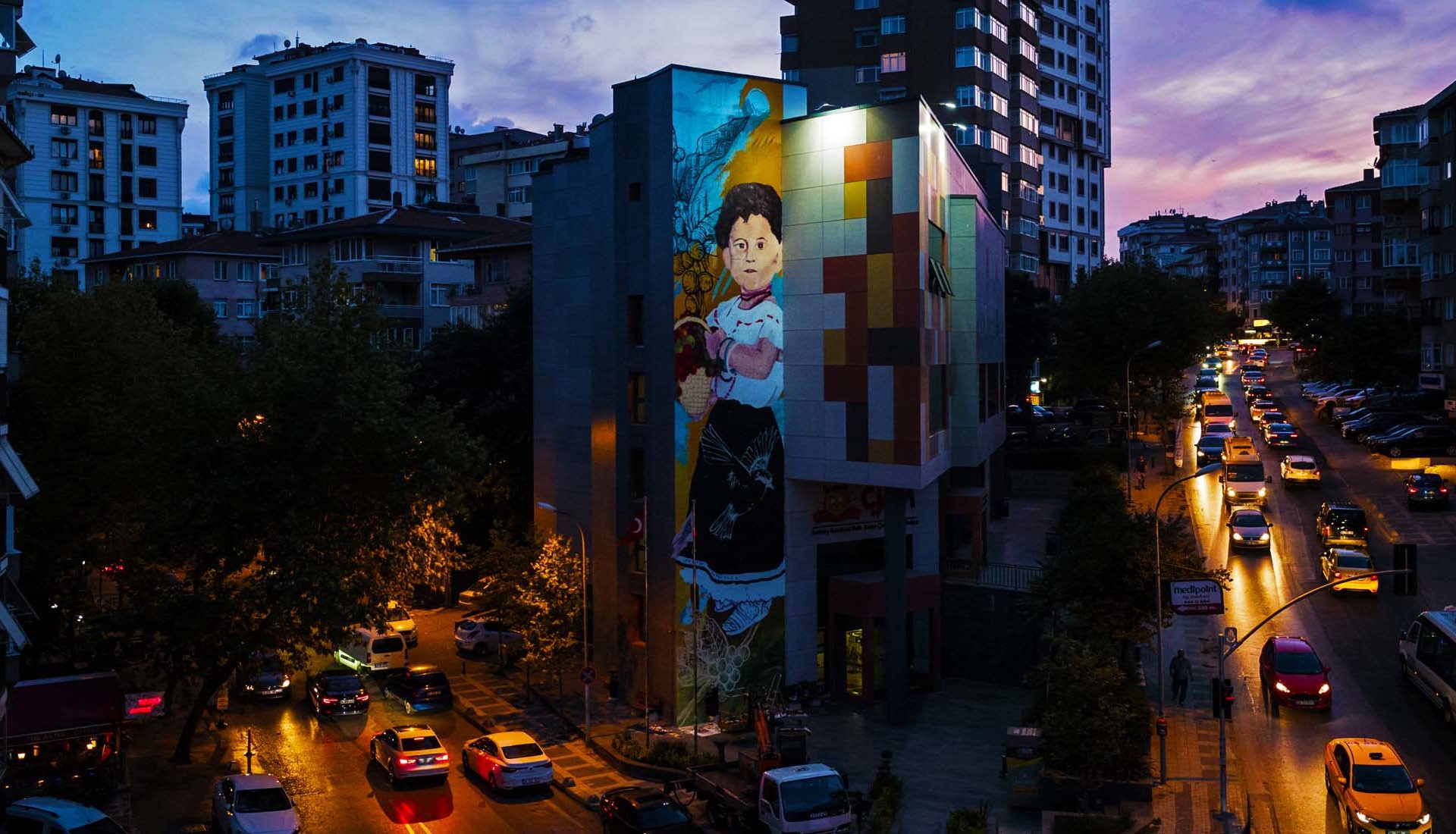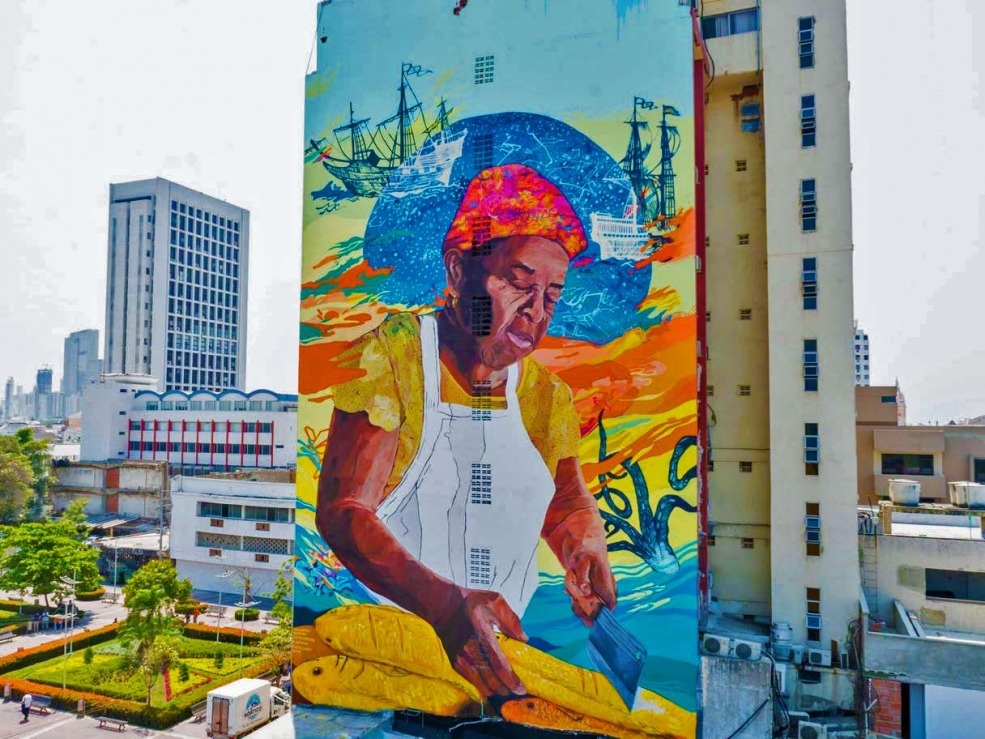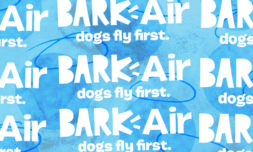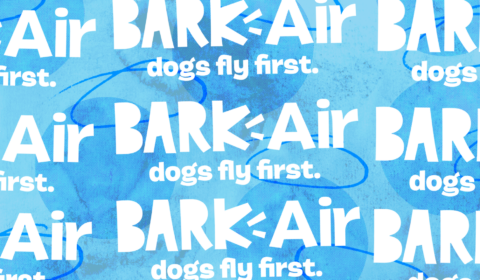Camilo Fidel López is using graffiti to fight social injustice in his home city of Bogotá and around the world.
Before travelling to Colombia in 2017, I found that many people were surprised at my decision to go there. This comes from a persisting stigma surrounding the country’s negative political reputation making it a slightly more gonzo style destination for the average traveller. Walking through Bogotá when I arrived, however, I was met with vibrance, diversity and a plethora of self-expression, the combination of which comes to life in the form of stunning graffiti that lines the city’s walls.
Camilo Fidel López is partly to thank – an entrepreneur who has made it his mission to tackle social injustice with colour and art. Not actually a street artist himself, but a law graduate and professor, López channelled his strong passion for fighting injustice into a business aiming to spark a social revolution. Vértigo Graffiti, which he founded almost a decade ago, is a project designed to transform old perceptions of Colombia and draw in more visitors, a cultural renaissance that’s bringing people together.
‘Before I moved here three years ago, I had had the same misconception as many others, that Colombia was a country of mustachioed coffee farmers and drug lords,’ said Mark Bingle, general manager of the Four Seasons Casa Medina in Bogota, for which López now leads graffiti tours. ‘López has opened my eyes to the new Colombia. Going around, one sees that Bogotá’s walls are like a living, breathing museum of modern history.’


Bogotá has become one of the world’s leading graffiti destinations, reflecting Colombia’s new face of self-expression and pride. The practice has been legal there since 2011 when police murdered 16-year-old Diego Felipe Becerra while he was painting his signature tag. The government’s decision to downgrade graffiti from crime, to violation, to ultimately condoned in certain areas, was as a result of public outrage towards this.
Eight years later, locals are embracing the change, viewing graffiti as a way of mending relationships between the establishment and Colombia’s younger generation. As a regulated art form, it’s no longer viewed as an act of defiance, but as a way to bring communities together and a legitimate form of artistic expression that portrays the city’s rich yet tumultuous culture.





















